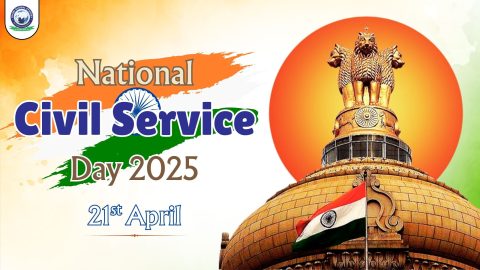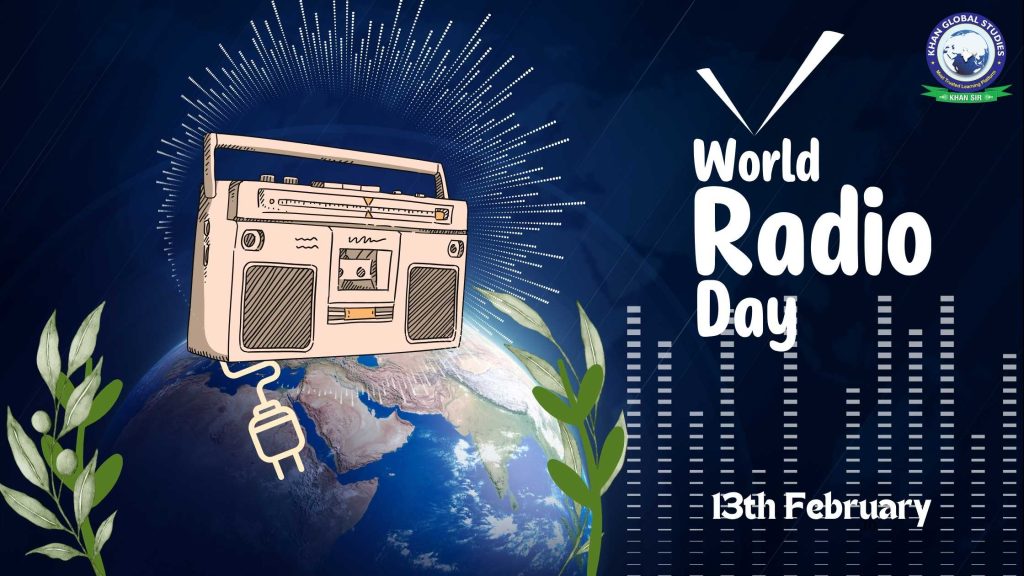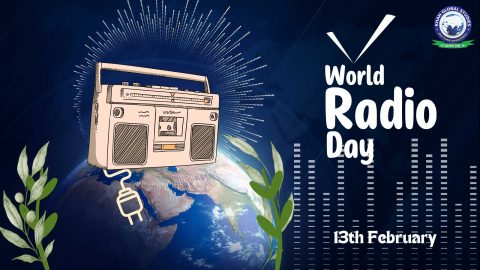Despite the rapid pace of technological advancement and the ever-evolving landscape of digital platforms, radio remains one of the most trusted and widely used media worldwide. Entering its second century, radio continues to be an important source of information, entertainment and education.
World Radio Day: A Global Celebration
In 2011, UNESCO Member States and subsequently the United Nations General Assembly 2012 declared 13 February as World Radio Day. Since the late 1800s, radio has evolved through a combination of science, communication and audio programming, cementing its powerful presence in the media landscape.
Theme and Celebrations
The theme for this year’s World Radio Day is “Radio: A Century of Information, Entertainment and Education”. The theme highlights radio’s historical contributions, its current importance and its promising future.
UNESCO coordinates the day globally, while UN Member States celebrate it through various radio stations and media partners. The celebrations include special broadcasts, news programmes and the exchange of audio-visual resources. UNESCO also provides creative programme ideas for the occasion every year.
20 Years of Community Radio in India
India is celebrating 20 years of community radio in 2024. Unlike public service and commercial radio, community radio is a distinct third category of broadcasting. These low-power radio stations are operated by local communities, catering specifically to their needs.
The journey of community radio in India began in 2002 when the government allowed reputed educational institutions to set up community radio stations. The first community radio station was launched in 2004 by Bharat Ratna Shri Lal Krishna Advani. In 2005, Anna University launched Anna Community Radio 90.4 MHz, which gave significant impetus to the community radio movement.
What is Community Radio?
Community radio is a non-profit, locally operated broadcasting service operated by community-based organisations. Its primary objective is to highlight local issues and ensure active public participation.
A community radio station is a low-power FM station with a broadcast range of about 12-15 km. The initial setup cost ranges between Rs 10-15 lakh. Various entities such as educational institutions, Krishi Vigyan Kendras (Agricultural Science Centres), NGOs, registered societies and public trusts are eligible to set up community radio stations.
Advantages of Community Radio
Community radio provides a platform for local communities to broadcast programmes related to their interests. Since the content is delivered in regional languages and dialects, it is easily understandable and increases a sense of engagement.
It also provides an opportunity for local talents to showcase their skills. Additionally, community radio is an effective means of spreading awareness about government schemes, engaging citizens and pushing social and developmental changes.
Unprecedented Growth in the Last Decade
The last decade has seen a significant increase in the number of community radio stations. The Government of India has actively supported the expansion of community radio through capacity-building programmes, workshops, and webinars.
Currently, there are 481 operational community radio stations in India, with about 200 others in various stages of development. In 2014, there were only 140 community radio stations, but by January 2024, this number is set to increase to 481, reflecting its growing effectiveness and potential.
Conclusion
Community radio has the power to strengthen public participation in development initiatives. In a linguistically and culturally diverse country like India, it also plays a vital role in preserving folk music and cultural heritage. Many community radio stations record and archive local folk songs, ensuring their preservation for future generations, while providing a platform for local artists.
This community-driven medium has emerged as a powerful tool for social change, and there is a growing need to expand its reach even further.




